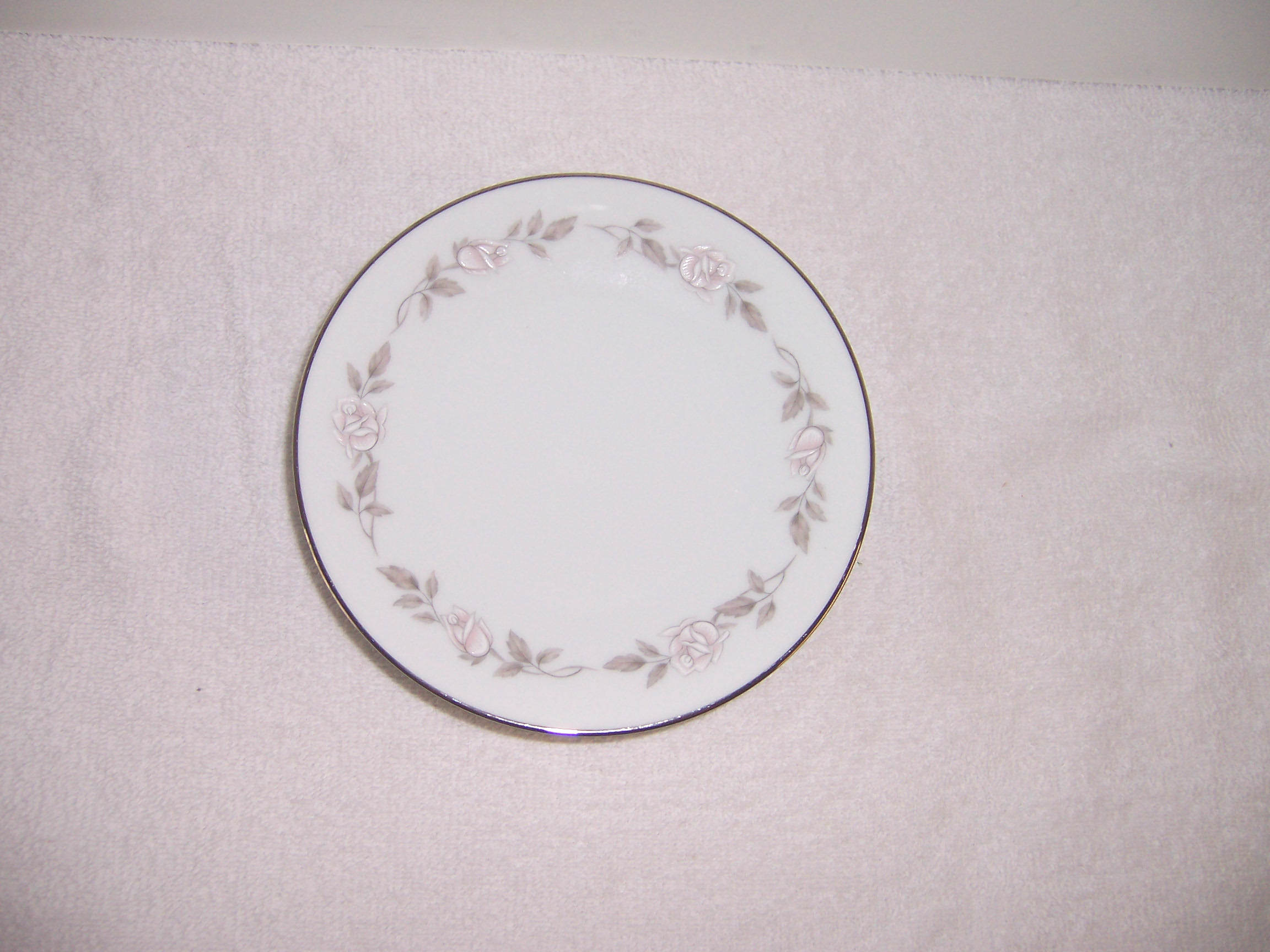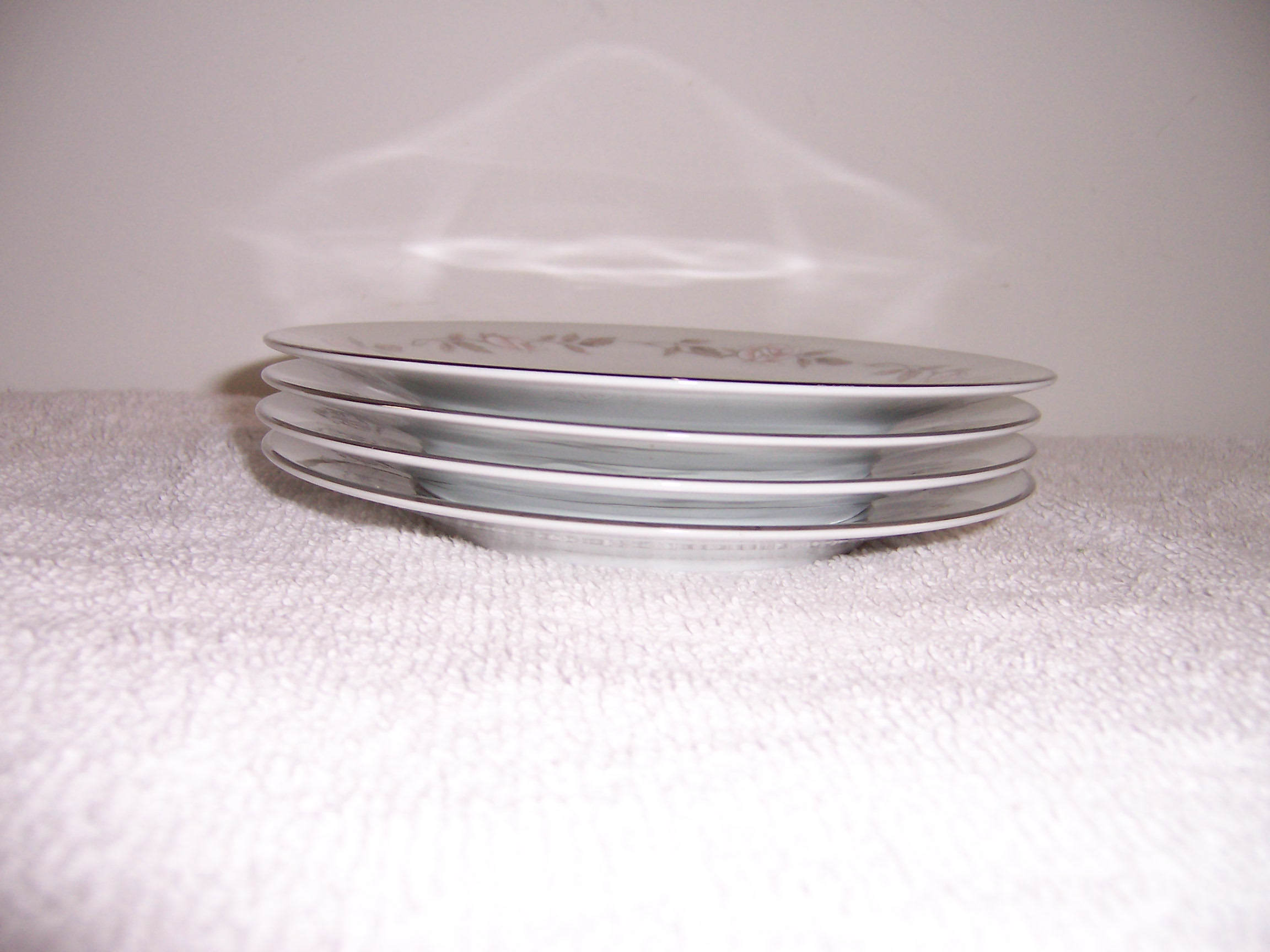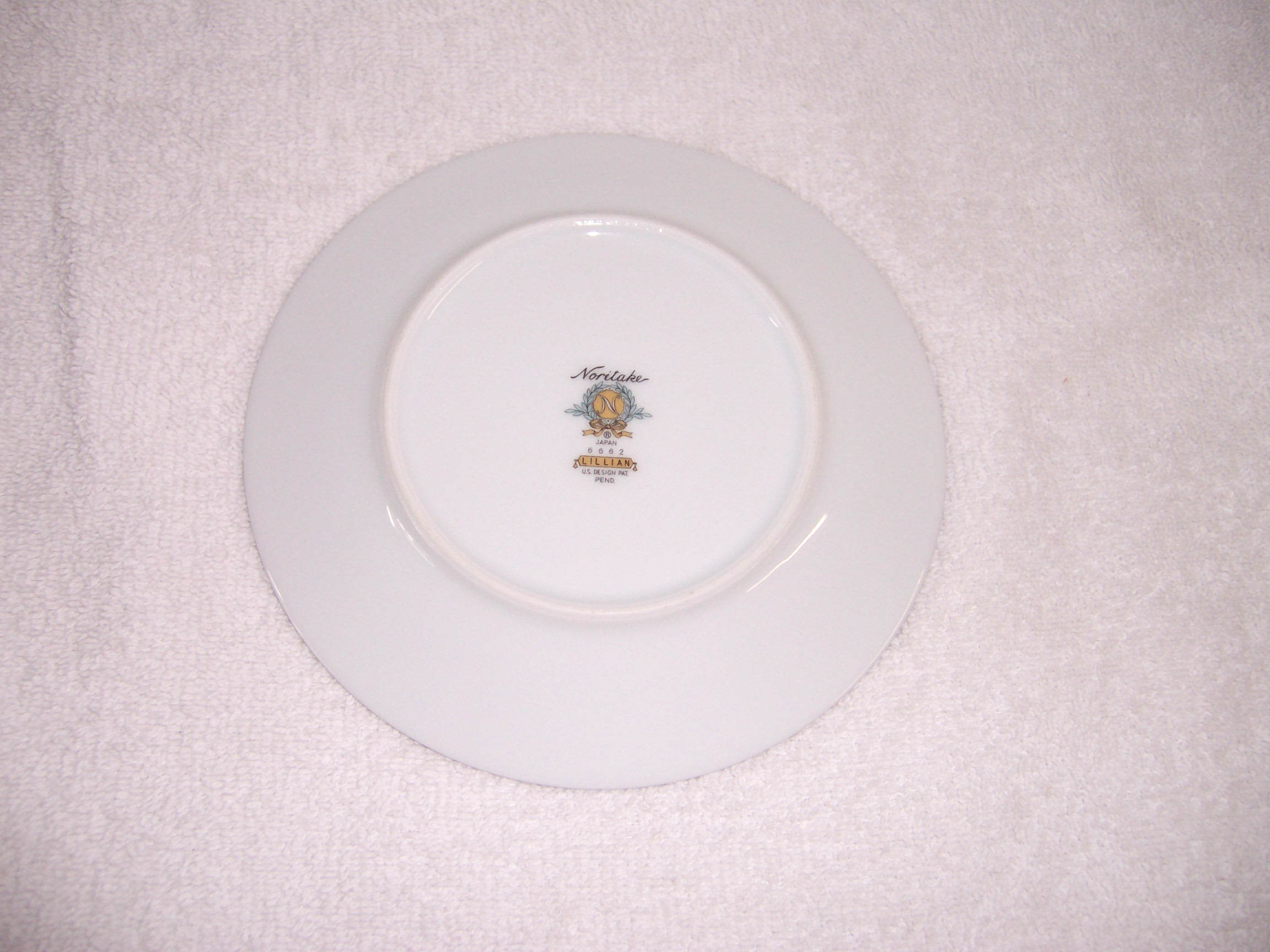Description
Noritake Lillian China Bread Plate in great condition. They measures 5/8″ high x 6.5″.
History
In 1876, Ichizaemon Morimura VI and his brother Toyo founded Morimura Gumi with the intent of establishing overseas trading by a Japanese company. By 1878, Toyo had established a business in New York selling Japanese antiques and other goods, including pottery. The company was renamed Morimura Brothers in 1881. By the 1890s, the company has shifted from retail to wholesale operations and started working on design improvements for the pottery and porcelain ware, which had become one third of its business. By 1899, all of the pottery and porcelain decorating factories in Tokyo and Kyoto had been consolidated in Nagoya, and the company started research on creating European style hard white porcelain in Japan.[2][3][4]
In 1904, key members of this trading company created the Nippon Toki Kaisha, Ltd. (“the Company that makes Japan’s Finest China”) in Japan.[4] A new factory was built in Noritake, near Nagoya (now Noritake-shinmachi, Nishi-ku, Nagoya, Aichi). In 1914 the company succeeded in creating their first Western style dinner set, called “Sedan”, to compete with European porcelain companies.[2][3] Nippon Toki wares were mostly aimed at the European Market. This forerunner of the modern Noritake Company was founded in the village of Noritake, a small suburb near Nagoya, Japan. Most of the company’s early wares carried one of the various “Nippon” back stamps to indicate its country of origin when exported to Western markets.[4] Today, many collectors agree that the best examples of “Nippon-era” (1891–1921) hand painted porcelain carry a back stamp used by “Noritake” during the Nippon era.[citation needed]
Noritake porcelain (2009)
By 1923, Nippon Toki was looking to streamline its paperwork using machines to handle large orders coming in from the United States, and was impressed by the Hollereth tabulating machines manufactured by the Computing Tabulating Recording Company (CTR). In May 1925, Morimura-Brothers entered into a sole agency agreement with CTR (which had been renamed IBM in 1924) to import the Hollerith machines into Japan. The first Hollerith tabulator in Japan was installed at Nippon Pottery in September 1925, making Noritake IBM customer #1 in Japan.[2][5][6]
In 1939, Noritake started selling industrial grinding wheels based on its porcelain finishing technology. It now provides ceramic and diamond grinding and abrasive solutions for many industries.[3] Other products currently manufactured by Noritake, also derived from its core tableware manufacturing technologies, include thick film circuit substrates, engineering ceramics, ceramic powder, and vacuum fluorescent displays,[7] as well as heating furnaces and kilns, mixing technology, filtration systems, and cutting and grinding machines.[8]
Although consumers and collectors alike have called the tableware, “Noritake” (and/or simply, “Nippon”) since the late 1920s, the Japanese parent company did not officially change its name to the Noritake Co., Limited until 1981. Evidently, since Noritake is the name of a place, the company was initially prohibited from registering the name as a trade name.[4]
The Noritake Garden in Nagoya features the production of its ceramics.
Noritake Lillian China Bread Plate



